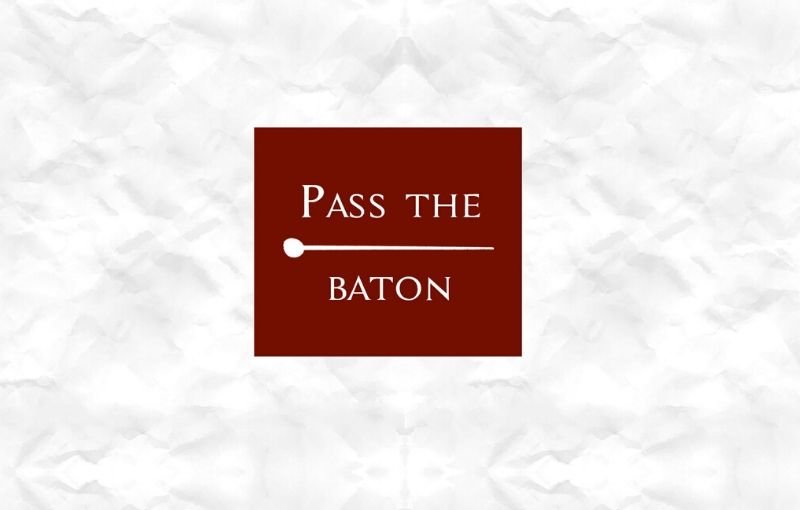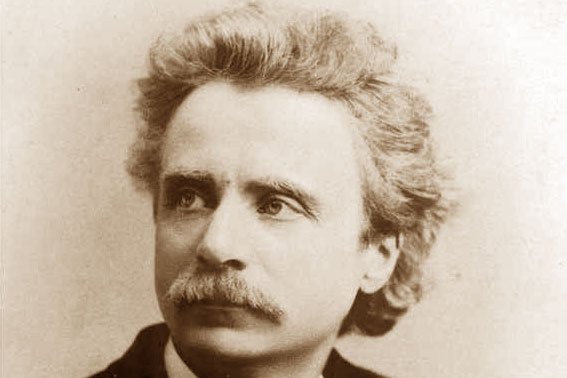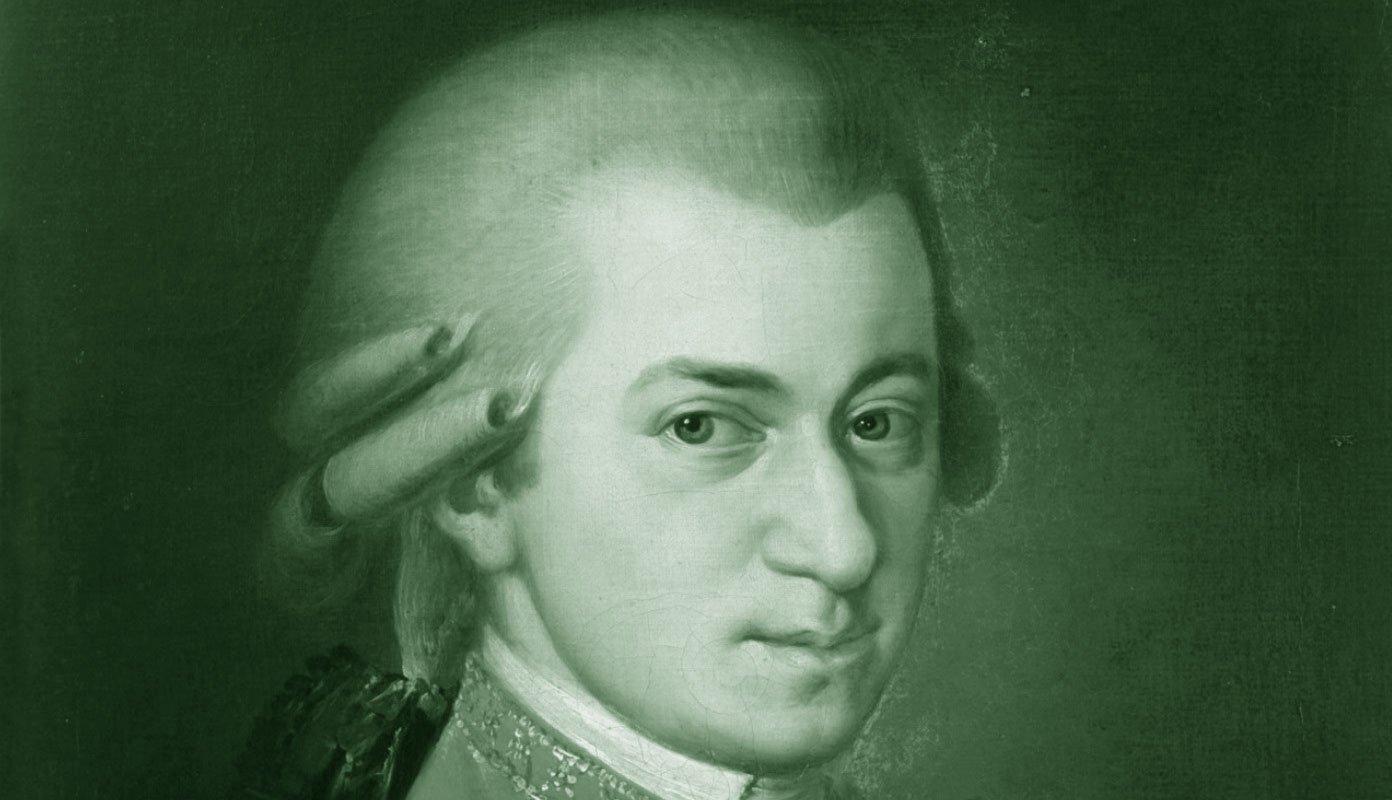Nana – an Andalusian lullaby
And then came Nana, one of the most beautiful lullabies ever written. Heard from the composer by his own mother when he was a child, Nana is an Andalusian song, as tender and soothing in the words as it is sad in the melody.
The piano sets of the cradling movement intertwining the rhythms between left and right hand:



Here’s the link to Conchita Supervia’s performance.
Lyrics
Duérmete, niño, duerme,
Duerme mi alma,
Duérmete, lucerito
De la mañana.
Nanintu nana
Sleep, child, sleep,
Sleep, my soul,
Sleep, little ray
Of morning light.
Lulla, lullaby
Here you can find all the articles related to the Siete










This is probably my favorite of the seven second. Nice analysis too. Short but to the point
Thanks! This is one of my favorites too. It’s so sweet and melancholic!